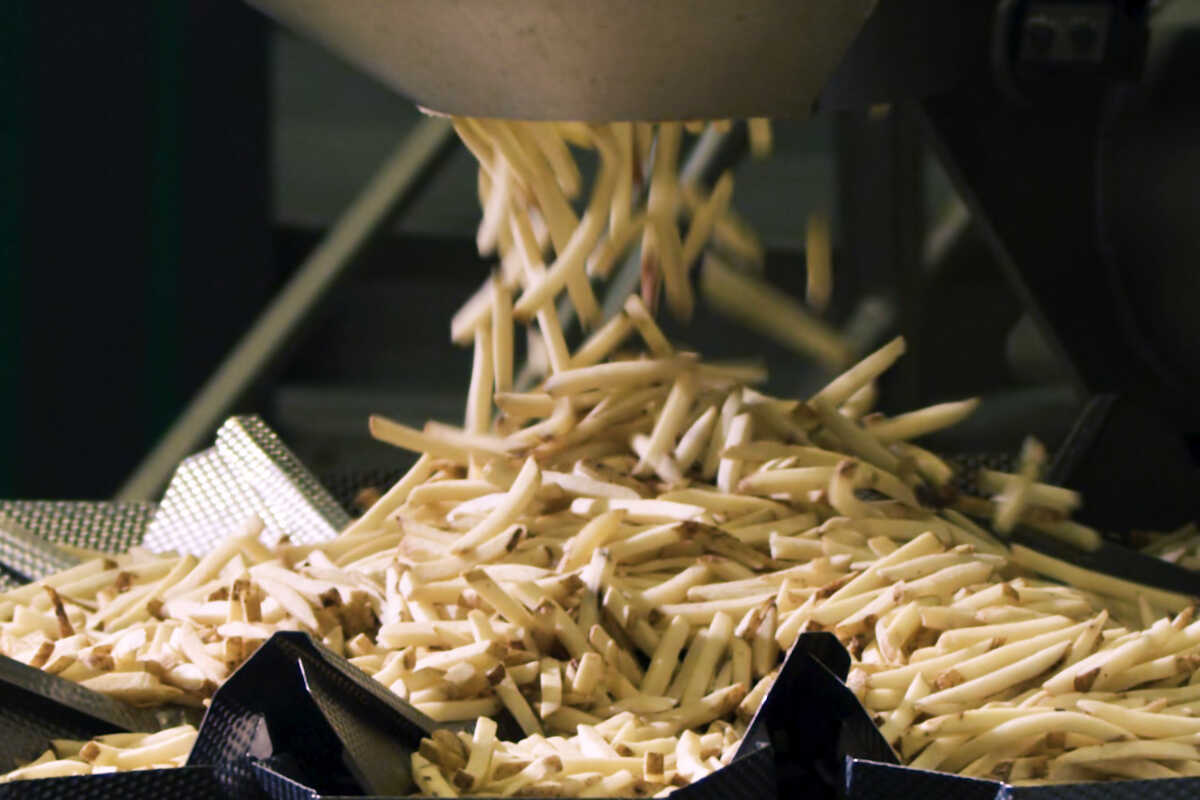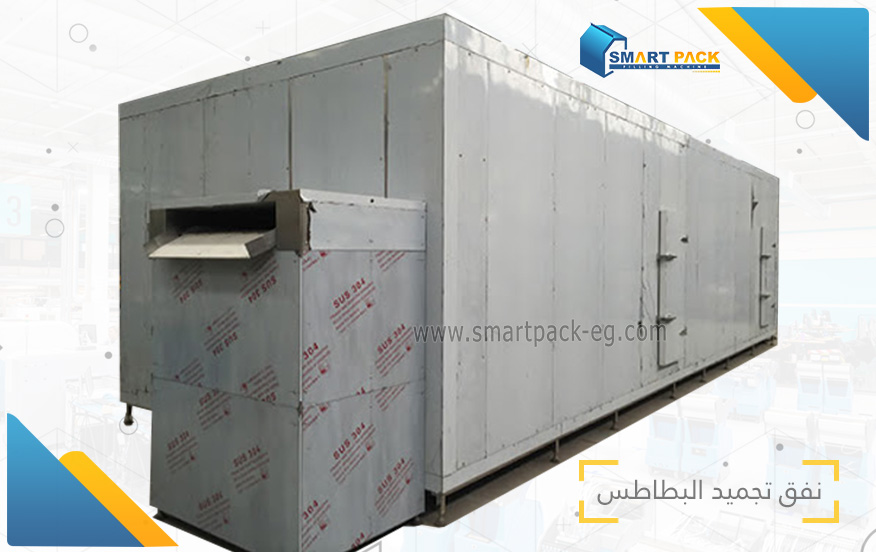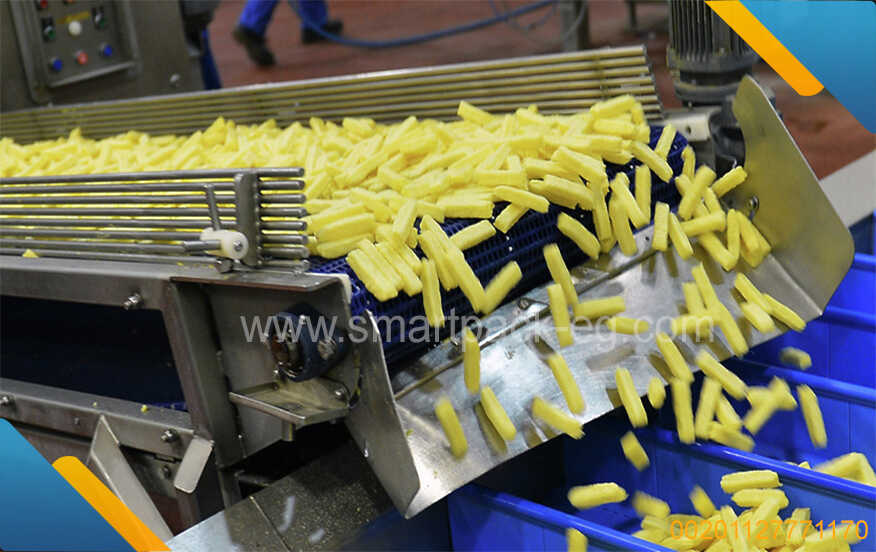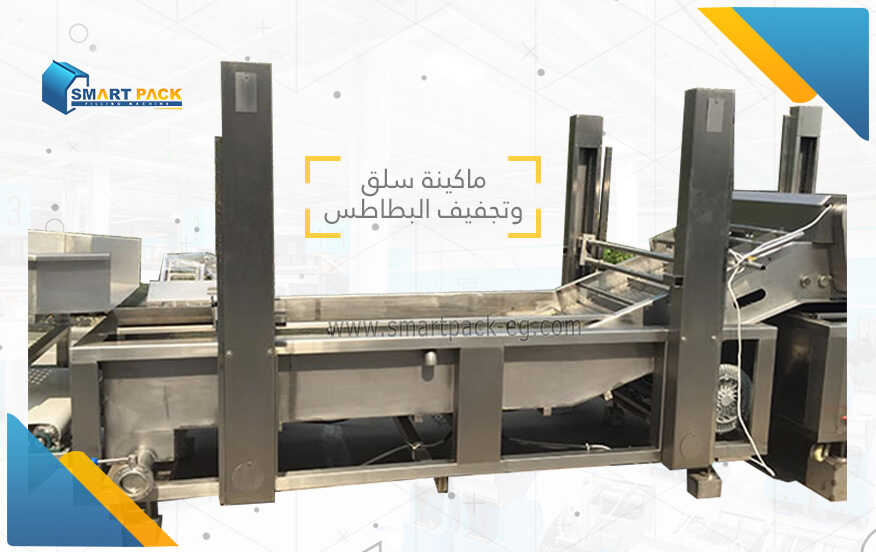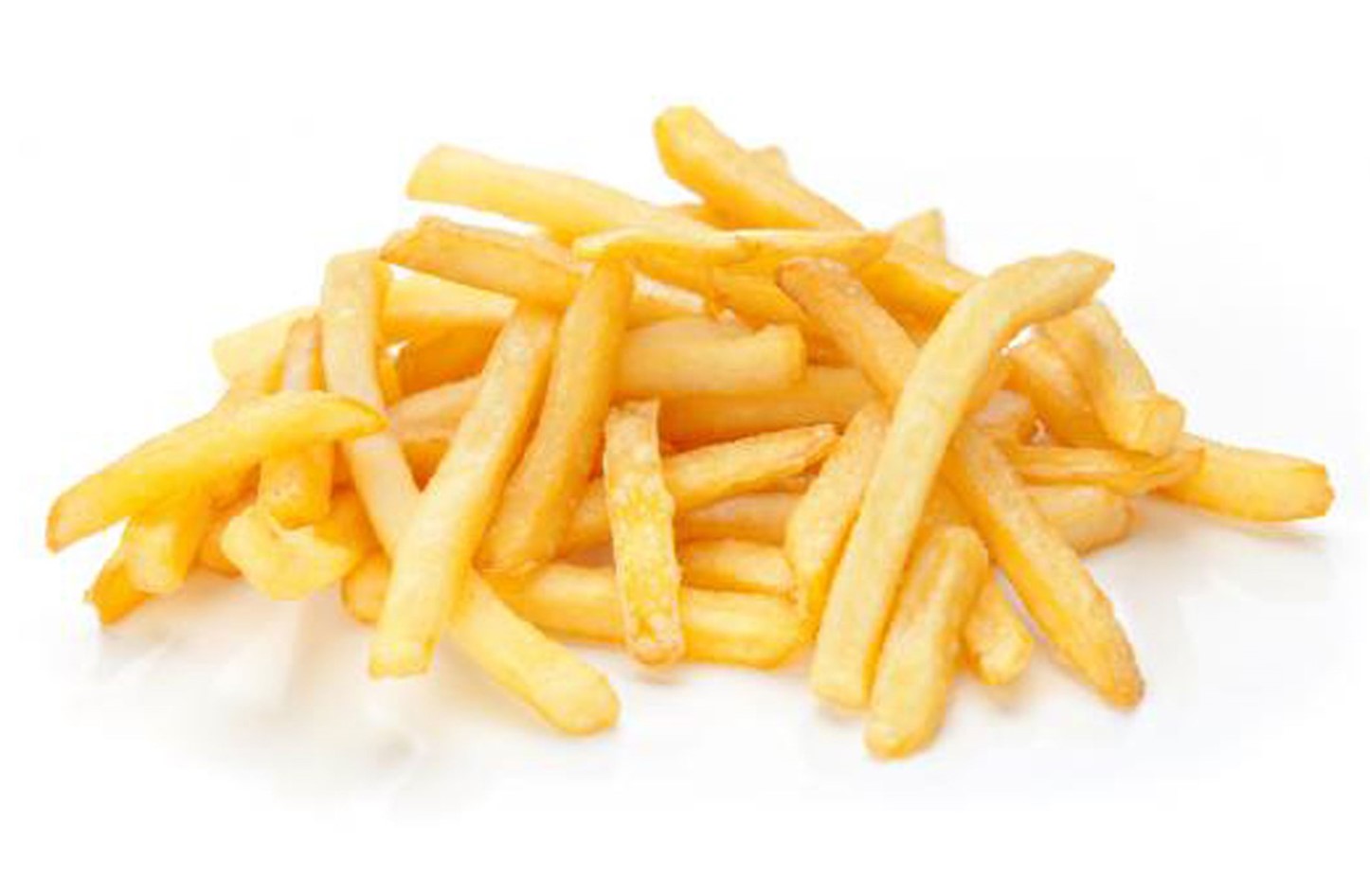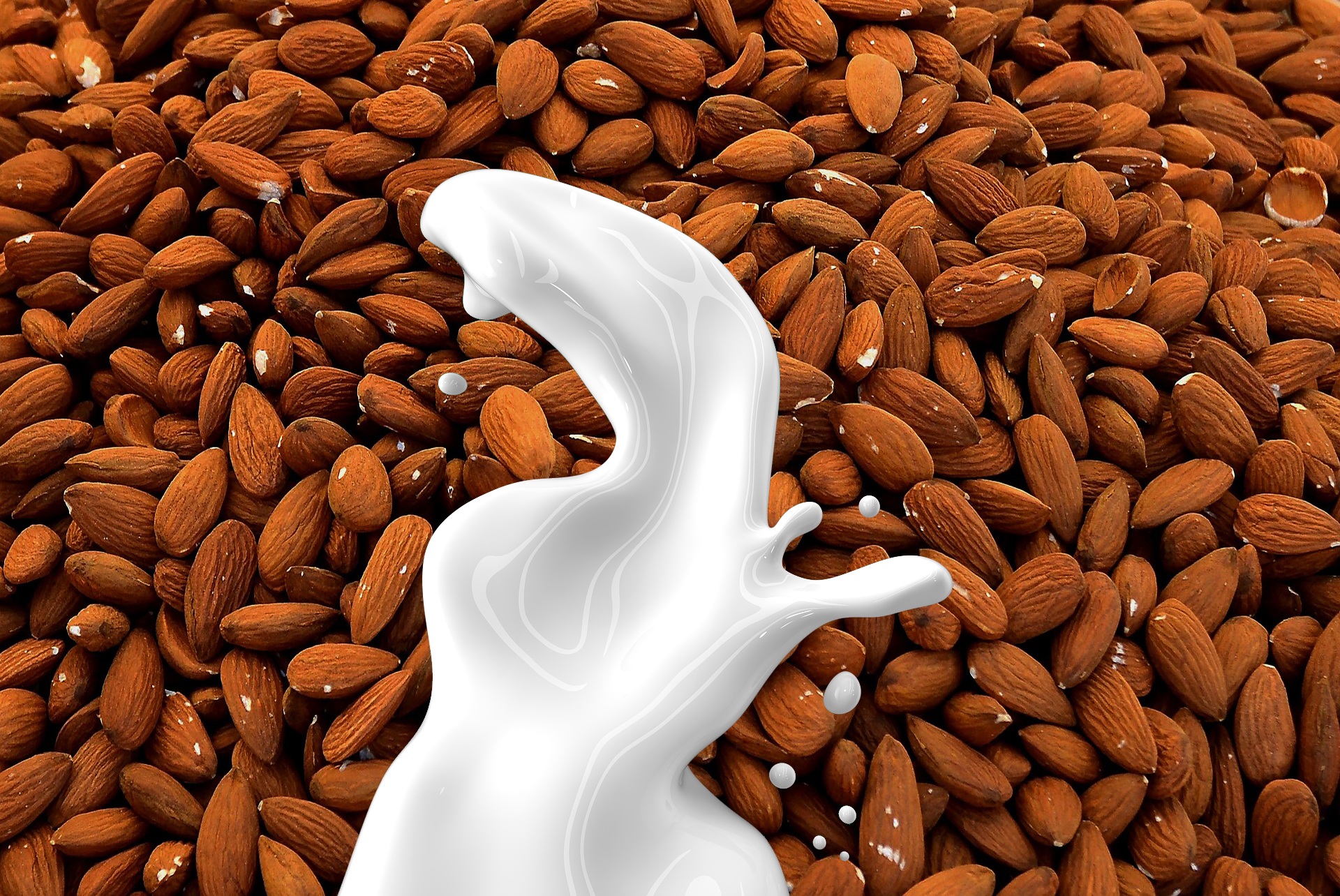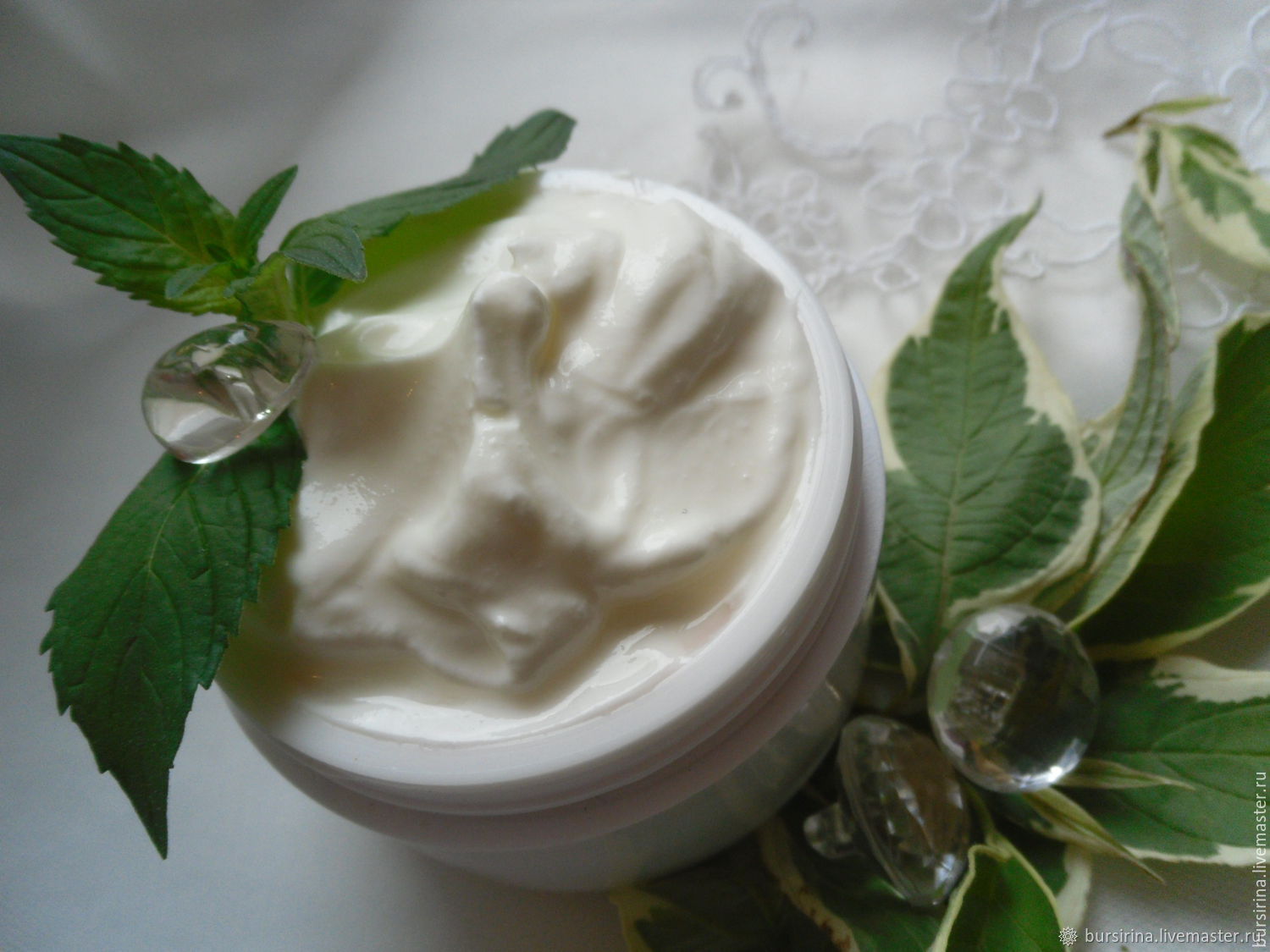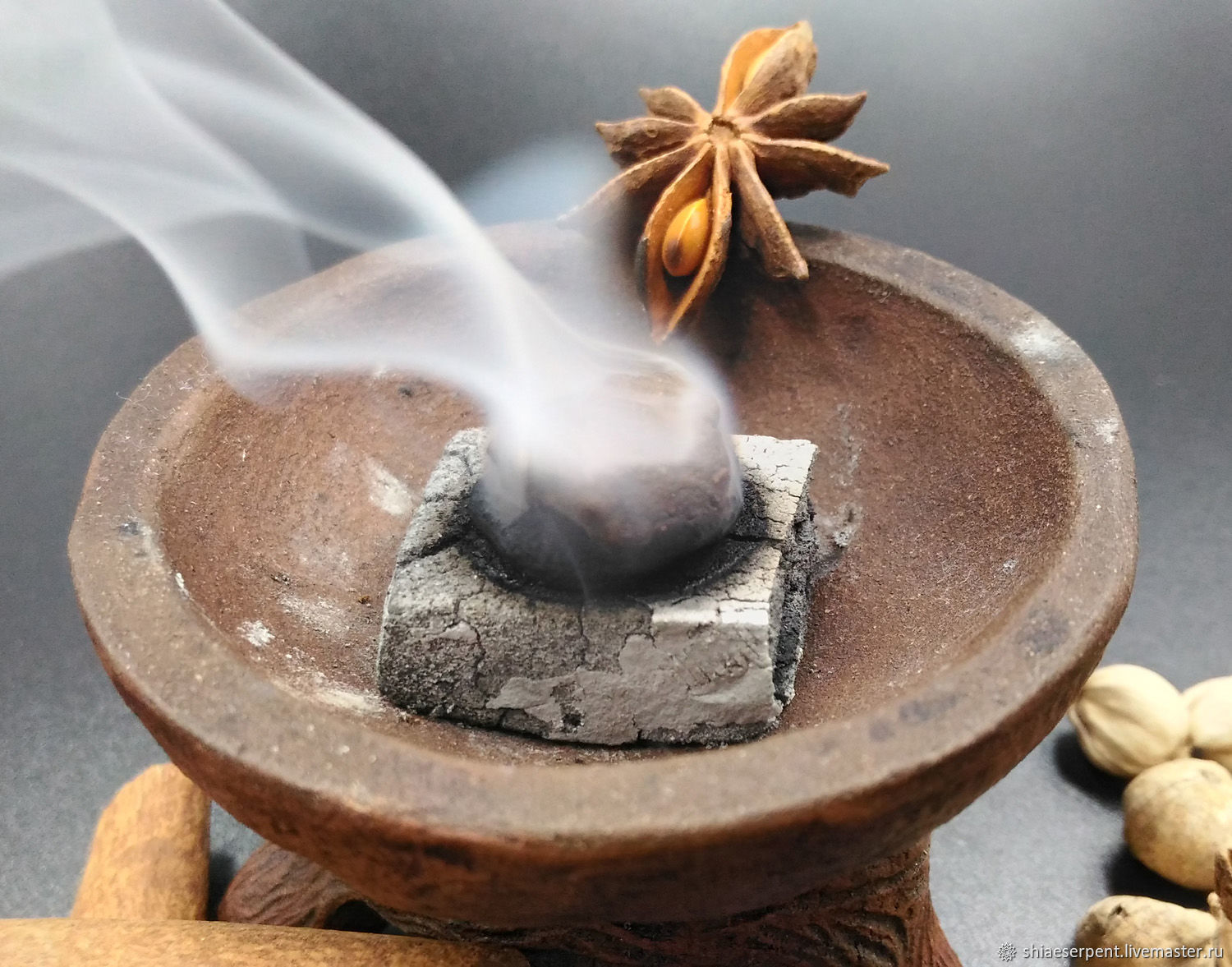How To Guide: How to Make a Ball Bearing
Introduction:
Ball bearings are essential components in various industrial applications and machinery. They reduce friction between two moving parts, enabling smoother operation and improved efficiency. If you're interested in learning how to make a ball bearing, follow this step-by-step guide. Please note that this process requires specialized machinery and expertise.
Materials and Tools Needed:
- Steel or ceramic ball bearing blanks
- Precision cutting tools (e.g., lathes, milling machines)
- Grinding equipment (e.g., centerless grinders, surface grinders)
- Polishing equipment (e.g., tumblers)
- Measurement tools (e.g., micrometers, calipers)
- Lubricants and cleaning solutions
Step-by-Step Instructions:
-
Material Selection:
- Choose suitable ball bearing blanks made of either steel or ceramic. Steel is commonly used due to its high strength and durability, while ceramic offers superior heat resistance and corrosion resistance.
-
Cutting the Outer Race:
- Begin with a round stock of material appropriate for the outer race diameter.
- Use a lathe or milling machine to cut the outer race's outer diameter and width to precise dimensions.
- Ensure symmetrical shaping for optimal performance.
-
Cutting the Inner Race:
- Take a smaller round stock and cut the inner race's inner diameter and width to precise dimensions.
- Maintain tight tolerances to ensure a proper fit with the bearing balls.
-
Cutting the Ball Grooves:
- Use precision grinding equipment (such as a centerless grinder) to cut ball grooves into the outer and inner races.
- The grooves should be evenly spaced, parallel, and properly sized to accommodate the bearing balls.
-
Producing Bearing Balls:
- Start with ball bearing blanks made of steel or ceramic.
- Use precision grinding or cutting tools to shape and size the bearing balls to tight tolerances.
- Measure and inspect the balls regularly to ensure accuracy.
-
Heat Treatment:
- Apply heat treatment to the races and balls to enhance their hardness and durability.
- Follow the recommended heat treatment process for the specific materials used.
-
Surface Finishing:
- Use grinding equipment like surface grinders to achieve precise surface finishes on the races and balls.
- Polishing equipment, such as tumblers, can be utilized to give the bearing components a smooth and appealing appearance.
-
Inspection and Quality Control:
- Measure the dimensions of the races, balls, and ball grooves using micrometers and calipers.
- Conduct inspections to ensure that the components meet the desired specifications.
- Check for any surface defects or imperfections.
-
Lubrication and Assembly:
- Clean the bearing components thoroughly to remove any debris or contaminants.
- Apply the appropriate lubricant to reduce friction between the races and balls during operation.
- Assemble the outer and inner races with the bearing balls, ensuring a proper fit.
Conclusion:
Making a ball bearing requires precision and specialized machinery. Each step, from cutting the races to producing the bearing balls and performing surface finishing, plays a crucial role in the overall quality and performance of the bearing. Remember to prioritize safety and follow recommended procedures when working with machinery.

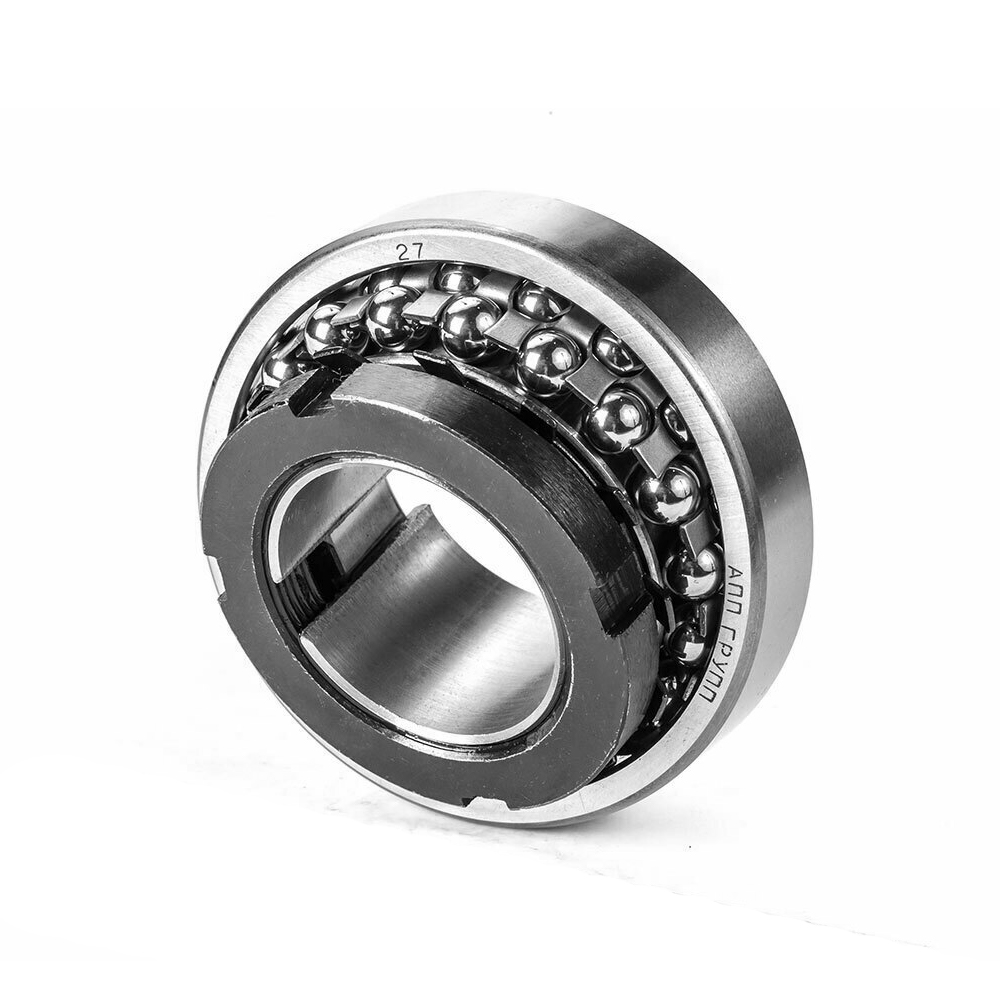
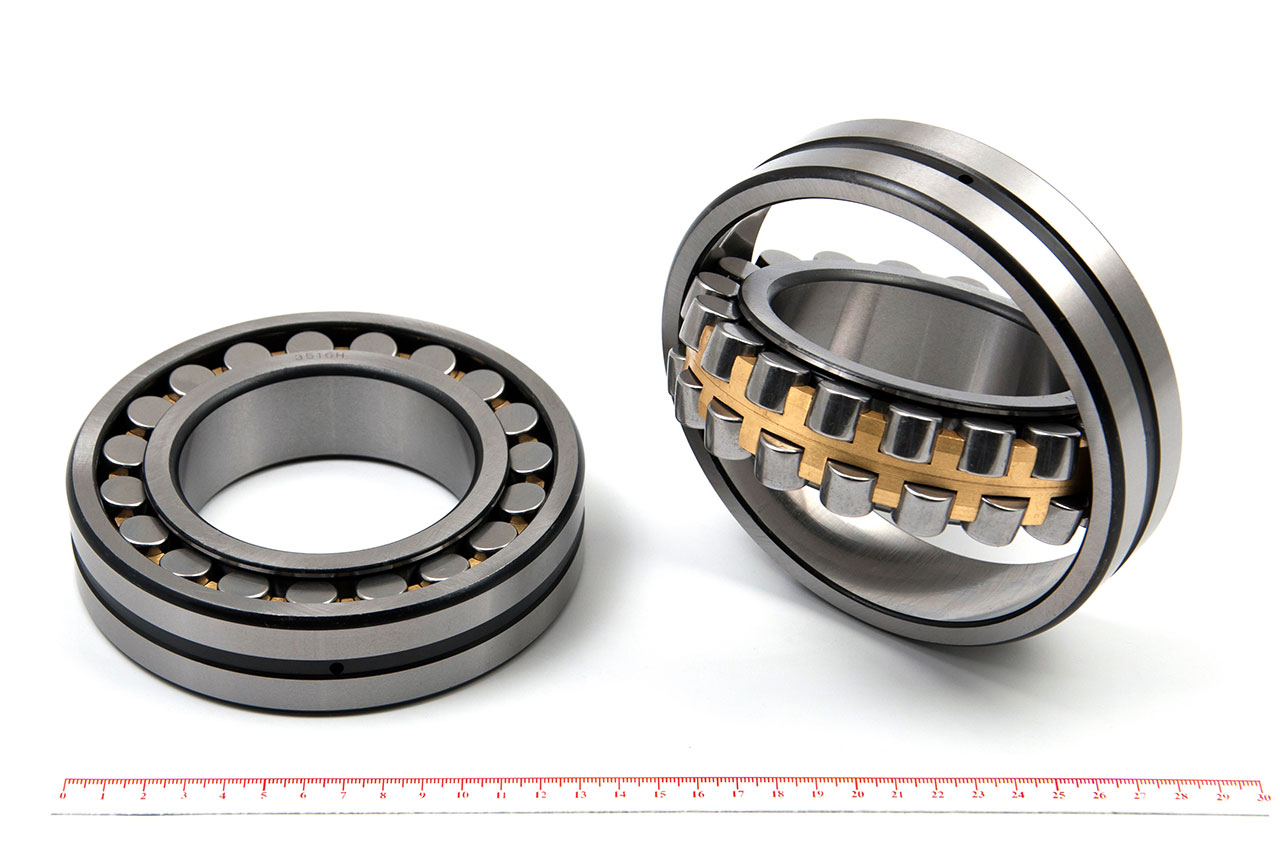
 Admin
Admin 